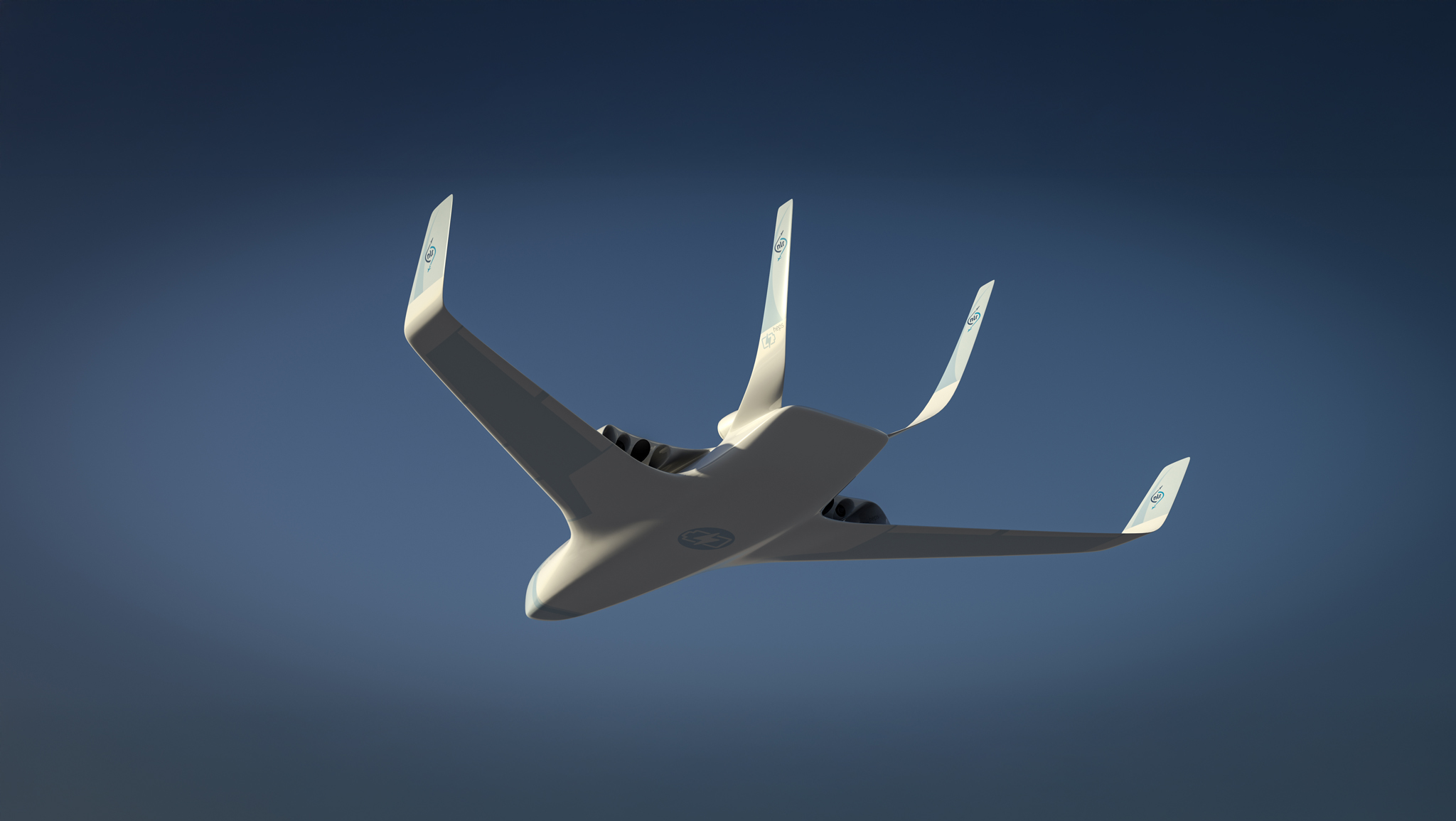As the aviation industry works to achieve its goal of net-zero carbon emissions by 2050, the development of hybrid-electric aircraft is seen as one of the key ingredients to success. Yet in order to support hybrid-electric propulsion systems, new high-voltage distribution technologies will be required as electric power levels increase from hundreds of kilowatts in today’s aircraft, to megawatt levels in the aircraft of the future. The HECATE consortium will work to address this challenge for aircraft meant for regional transportation. Their specific goal is to demonstrate a hybrid-electric architecture of more than 500 kW in ground tests by 2025.
“With decades of experience supplying electric power systems for the world’s most advanced aircraft, Collins is bringing that expertise to bear in the development of multiple next-gen electric technologies that are integral to sustainable flight,” said Mauro Atalla, Senior Vice President, Engineering & Technology for Collins. “Key among them are high-voltage distribution systems, a critical enabler for hybrid-electric propulsion. In collaboration with the HECATE consortium, we will develop new high-voltage technologies to help pave the way for future hybrid-electric platforms and reduced carbon emissions.”
Technical innovation
Collins’ Applied Research and Technology (ART) organization in Cork, Ireland, will lead the company’s coordination of HECATE, while its facilities in Solihull, UK, and Nördlingen, Germany, will develop power conversion and secondary distribution technologies for the project. Safran will supply primary distribution and cabling. Thales and Diehl Aerospace will contribute specialized solutions for power electronics, system control and energy management. Airbus Defence and Space and Leonardo will provide the airframer perspective, and support requirements and validation activities.
NLR participates in two work packages for HECATE. It supports GKN Fokker Elmo in their development of harness technologies (e.g. cabling and connectors) for a secondary power distribution network by modelling and testing EMC (electromagnetic compatibility) and thermal aspects. Next to this, NLR works closely with Airbus Defence and Space, the university of Granada, and Collins Aerospace to gain knowledge about the specific EMC challenges for hybrid electric aircraft. These challenges include high voltage aspects such as arcing, but also grounding/lightning protection.
“Within the HECATE project we look at much higher electric power levels” – Jesper Lansink Rotgerink, NLR
NLR project leader Jesper Lansink Rotgerink: “Flying electric is already possible for small aircraft. However, within the HECATE project we look at much higher electric power levels leading to increased thermal and EMC challenges, as we talk about an aircraft like an ATR-42 or ATR-72. These planes have a seating capacity ranging from 19 to 130 seats, meant for short to medium-haul routes.”
“The delivery of technological innovations and disruptive aircraft concepts will be the linchpin to achieving climate-neutral aviation,” adds Axel Krein, Executive Director of Clean Aviation. “The launch of the HECATE project marks the start of a collaborative sprint towards higher efficiency and lower emissions for European aviation in line with the ambitions of the Paris Agreement and European Green Deal.”
Clean Aviation
The Clean Aviation Joint Undertaking is European Union’s research and innovation programme for transforming aviation towards a sustainable and climate neutral future, paving the way towards the EU’s ambition of climate neutrality by 2050. The programme claims regional aircraft currently perform about 40% of the total departures and around 36% of the total hours flown. By mid-2030, mobility of people and goods is expected to undergo progressive changes, especially over distances of less than 500 km. Air vehicles operating in this range (including regional aircraft with a capacity of up to 100 seats) will be the first to benefit from an air transport system that will adopt hybrid-electric propulsion technologies and associated complementary solutions for reducing the environmental footprint of aviation, towards climate neutrality.
Projects such as HECATE contribute to one of the main goals of Clean Aviation: a regional aircraft with hybrid-electric propulsion supported by 100% drop-in fuels or hydrogen ready for entry into service by 2035.
Consortium
Collins Aerospace will coordinate the development of the new high-voltage electric power distribution technologies under the European Union’s Clean Aviation HECATE project. For HECATE, which stands for Hybrid-ElectriC regional Aircraft distribution TEchnologies, Collins will lead the project’s steering committee, while French Safran will serve as technical coordinator. The two companies will work with a consortium of 37 European aerospace industry partners across 10 countries, including Royal NLR. The HECATE consortium is set to receive roughly €34 million in funding from Clean Aviation and €6 million from UK Research and Innovation.
For additional information you can also visit our websites about the NLR programmes ‘development of air and space vehicles‘ and ’climate-neutral aviation’.
HECATE is a project funded by the European Union under grant agreement number 101101961. Views and opinions expressed are however those of the author(s) only and do not necessarily reflect those of the European Union or Clean Aviation. Neither the European Union nor the granting authority can be held responsible for them.




